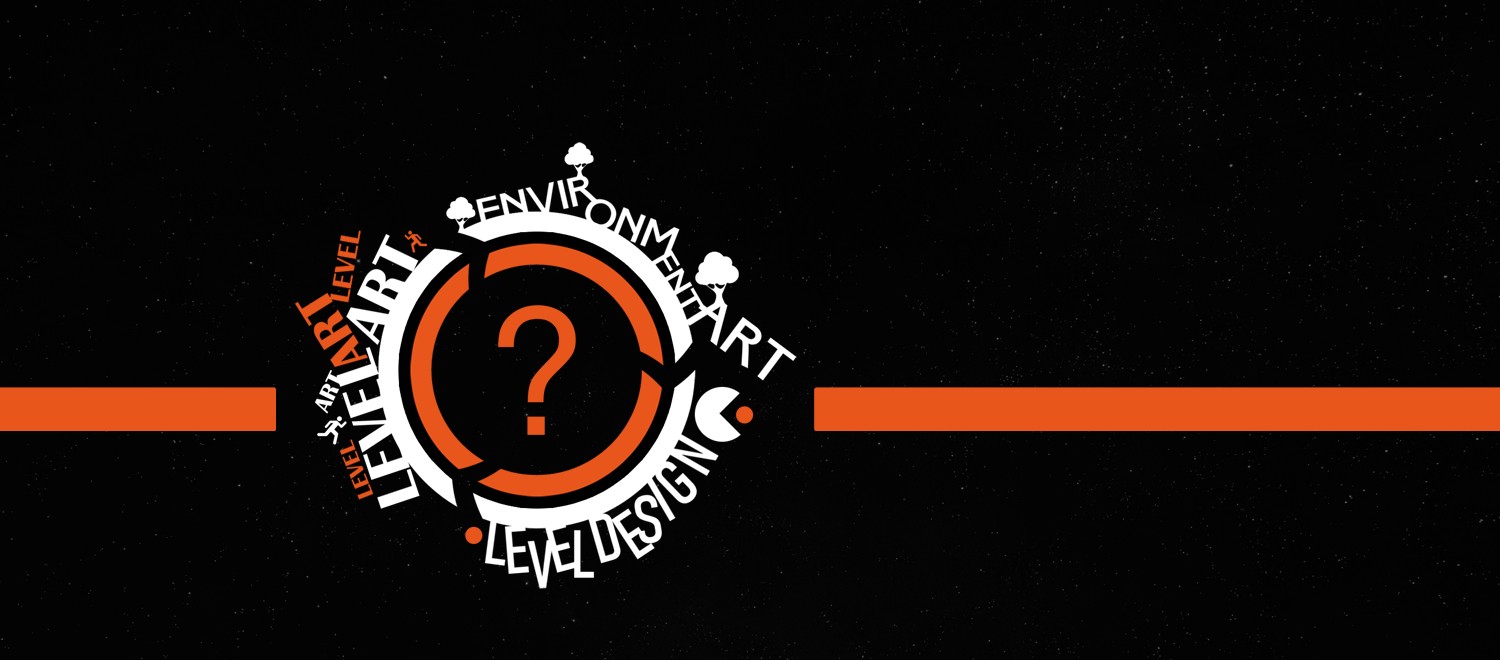Level Art / Level Design / Environment Art – What’s the Difference?
The positions of a Level Artist, Level Designer and Environment Artistis often need clarification. However, at VG Entertainment, we have all three positions, and our teammates will explain the differences between them.
! At the end of this article, we’ll also include links with tips on how to prepare an impressive portfolio for each of them. So, if you apply for a new role, you’ll know how to make a great impression at first sight! 🙂
Difference between Level Artist, Level Designer, and Environment Artist
Serhii:
- “A Level Designer creates game levels using basic shapes, incorporating gameplay elements and mechanics for the player.
- A Level Artist enhances these levels by replacing placeholders with detailed models to be used in the game, and by creating micro-stories that support the mission or location’s narrative.
- An Environment Artist’s role can vary significantly between companies. Some view it as synonymous with a Level Artist, while others see it as a 3D artist specializing in creating models or architecture, or as someone focused on natural environments like forests and mountains. Generally, Environment Artists create 3D models and integrate them into game locations.”
Common Tasks of a Level Artist
Serhii:
“The primary task is to assemble the location based on the greybox created by the level designers. Additionally, Level Artists are responsible for:
- Adding micro-stories that enhance the narrative.
- Building effective compositions, both large (such as creating appealing viewpoints) and small (arranging 3D models according to basic compositional rules).
- Creating clear guides for players to prevent them from getting lost in the level. Some basic rules are present in every game though they are mainly established during the level design stage.
- Understanding and working with modularity, architecture, or any other construction system.
- Performing initial level optimization by smartly placing 3D models and decals to help maintain high FPS, reducing the workload for the technical department.
- Arranging lighting, which may vary depending on the company.
Common Tasks of a Level Designer
Nikita:
“The main task is to create a layout of the level and missions, and also provide their further support.
Here are other important tasks:
- Level and/or mission prototyping on paper with parallel documentation.
- Creating an interesting and technically correct layout from primitives (rectangles, cylinders, spheres).
- Mission scripting. Starting with who where and how issued this mission, the main gameplay, alternative gameplay and mission completion, writing test scripts, etc. This also includes writing draft dialogues for the mission and adding the final dialogue after the writers finish polishing previous ones.
- Mission support. When a game is in active development, some systems are being improved, added, and even cut, which affects the player, enemy behavior, or interactive objects in the game.
For example, game designers improved the way enemies hear and see the player in stealth, and now where the player could sneak in before, NPCs can see him. Another example is how the logic of the interaction of the player with doors changed. We monitor such changes and adjust levels to new realities. Also, after the artists’ work, a Level Designer should check the gameplay in their level and adjust it if necessary.
One way or another, the final look of the mission will differ from the design layout, and that’s why a character may get stuck in a wall or stone that was not there before.
Common Tasks of an Environment Artist
Oleksandr:
The main difference between a Level Artist and an Environment Artist is that the latter can develop models (at least) and blockouts independently, without involving the art team.
Typically, Level Artists work with pre-made content, placing it according to game design blockouts and the vision of the Art Director or Concept Artists. Environment specialists (or even entire teams) can create art blockouts considering artistic requirements, modularity, and other criteria. However, they don’t need to detail meshes to the final stage.
So, the key functions of an Environment Artist are:
- Creating environment art blockouts considering metrics, pipelines, and artistic vision.
- Placing them at the level and composition creation.
- Creating material blockouts (in our company, this is a rare occasion, as usually this task is handled by Material Artists, but in other companies, this is quite possible).
I’d say that an Environment Artist is a versatile person who can handle almost everything (to some extent).
How to Prepare a Great Portfolio for Each Position
Finally, we’ve reached the point where we will tell you how to showcase all the above in your portfolio. A well-crafted one will demonstrate your skills and make a strong impression on potential employers. Here are some tips:
- Recommendations for Environment Artists
- Advice for Level Artists
- Helpful tips for Level Designers
- Bonus: recommendations for Tech Game Designers
We wish you inspiration and creativity in putting together your portfolio and success in finding your dream job. We’re looking forward to seeing your resumes and portfolios! Join us and let’s create new gaming worlds together!


